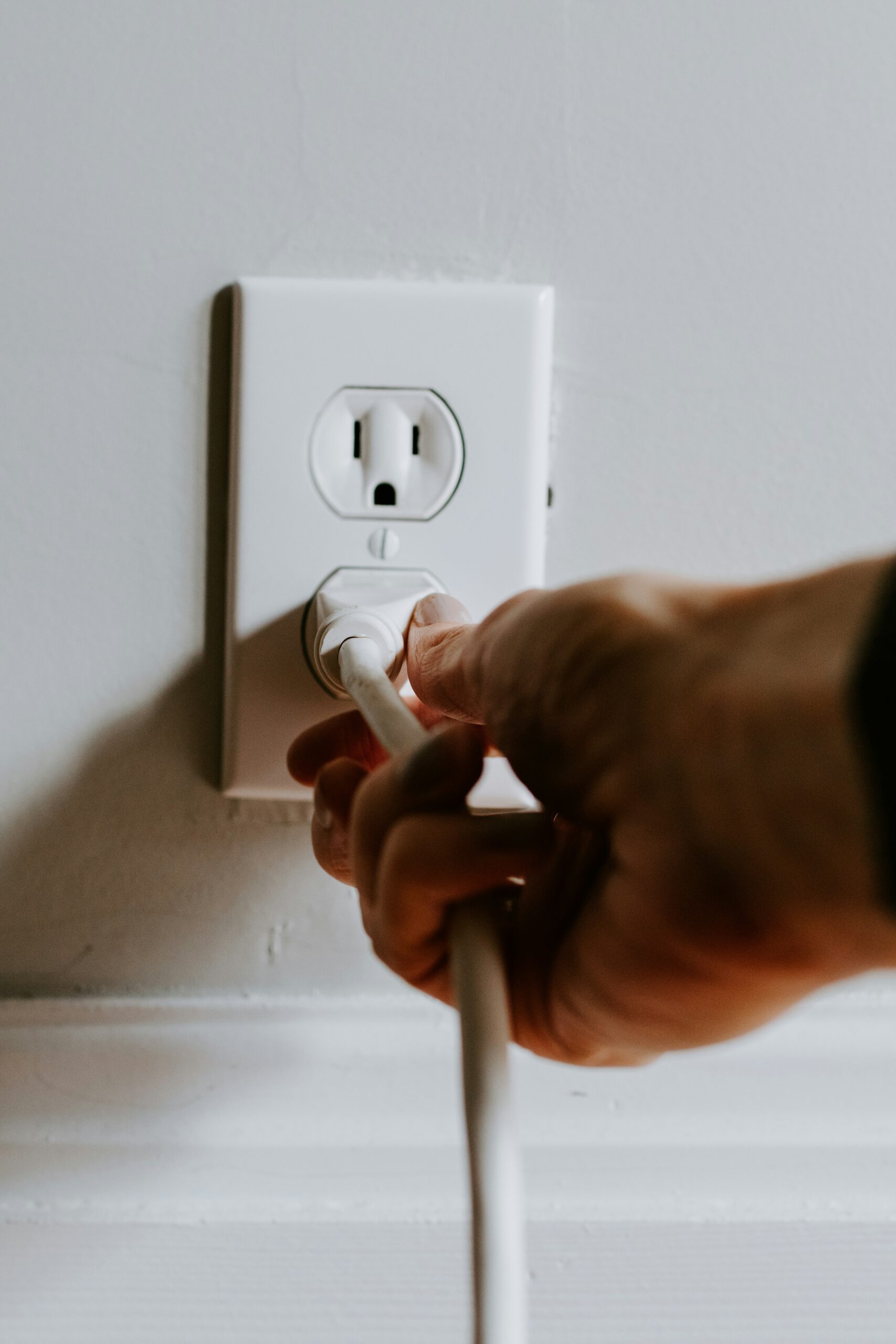Lights Off: How Businesses Can Save Energy When Closing Over the Holidays
As the festive season approaches, many businesses prepare to wind down operations and give staff a well-deserved break. But while offices and workspaces may go quiet, energy consumption doesn’t always follow suit. Unattended lighting, idle equipment, and poor planning can rack up unnecessary energy bills — right when you’re trying to cut costs.
Whether you’re closing for a few days or a few weeks, there’s a golden opportunity to reduce your energy footprint and start the new year with some savings. Here’s how your business can flip the switch — literally and figuratively — during the holidays.
1. Power Down Non-Essential Equipment
Start with a full sweep of your workspace. Computers, monitors, printers, and kitchen appliances continue to draw power even when on standby. Encourage staff to shut down devices properly and unplug anything that won’t be used over the break. Consider using smart power strips to make this process easier and more foolproof.
2. Turn Off the Lights (Properly)
It may sound obvious, but it’s surprisingly easy to forget. Ensure all non-essential lights are turned off, especially in meeting rooms, restrooms, storage areas, and hallways. If you have exterior or decorative lighting, schedule it to turn off automatically or consider turning it off entirely if no one’s around.
3. Adjust Heating and Cooling Settings
No one’s in the office? Then there’s no need to keep the temperature at working conditions. Adjust your thermostat to a low-maintenance level to keep things from freezing (literally) without burning unnecessary energy. For smart thermostats, set a holiday schedule to automatically switch settings during the break.
4. Check Timers and Motion Sensors
Many offices rely on motion sensors and timers for lighting or HVAC — which is great for day-to-day energy efficiency. But during the holidays, you’ll want to make sure they aren’t set to activate automatically when nobody’s around. Update the schedules or temporarily disable them to avoid lights or systems turning on unnecessarily.
5. Communicate with Staff
Create a pre-holiday checklist and share it with employees. It can be as simple as:
Shut down and unplug all devices
Turn off all lights in your area
Clear out fridges and bins
Double-check windows and doors are shut
Getting everyone involved means fewer things get missed.
6. Audit Your Energy Use
Take this time to review your latest energy bills and identify trends. Are there certain times when your usage spikes? Do some areas of your building always consume more power? Understanding your patterns now can help you make smarter choices when the office reopens.
7. Consider an Energy-Saving Policy
Use the holiday closure as a catalyst. Develop an internal energy-saving policy that outlines procedures for shutdowns, equipment upgrades, and staff training. It’s an investment in long-term savings — and the planet.
Small Steps, Big Impact
Turning the lights off is more than just a metaphor — it’s a real, tangible action that can save your business money and reduce your environmental impact. With a little planning and coordination, your holiday shutdown can be as energy-efficient as it is restful.
So before you head out for that mulled wine or winter getaway, take a few minutes to power down. Your budget (and the Earth) will thank you.

